The 20 Cheapest Grocery Stores in the US

Which Grocery Stores Are the Cheapest?
Have you noticed that prices continue to climb at the grocery store? That’s because inflation for food at home (aka groceries) remains high at 3.6% year-over-year. Prices are so elevated that more consumers are shopping at multiple retailers to find the best deals.
To save you the trouble of driving across town to find the lowest prices, we’ve provided a list of the cheapest grocery stores, according to MarketForce Information's 2023 U.S. Grocery Benchmark Study. MarketForce surveyed 6,555 U.S. consumers to come up with the data, asking shoppers which retailer offered the best value for their money.
We've also included a list of tips for maximizing savings regardless of where you get groceries, including why you should sign up for loyalty programs and shop online.
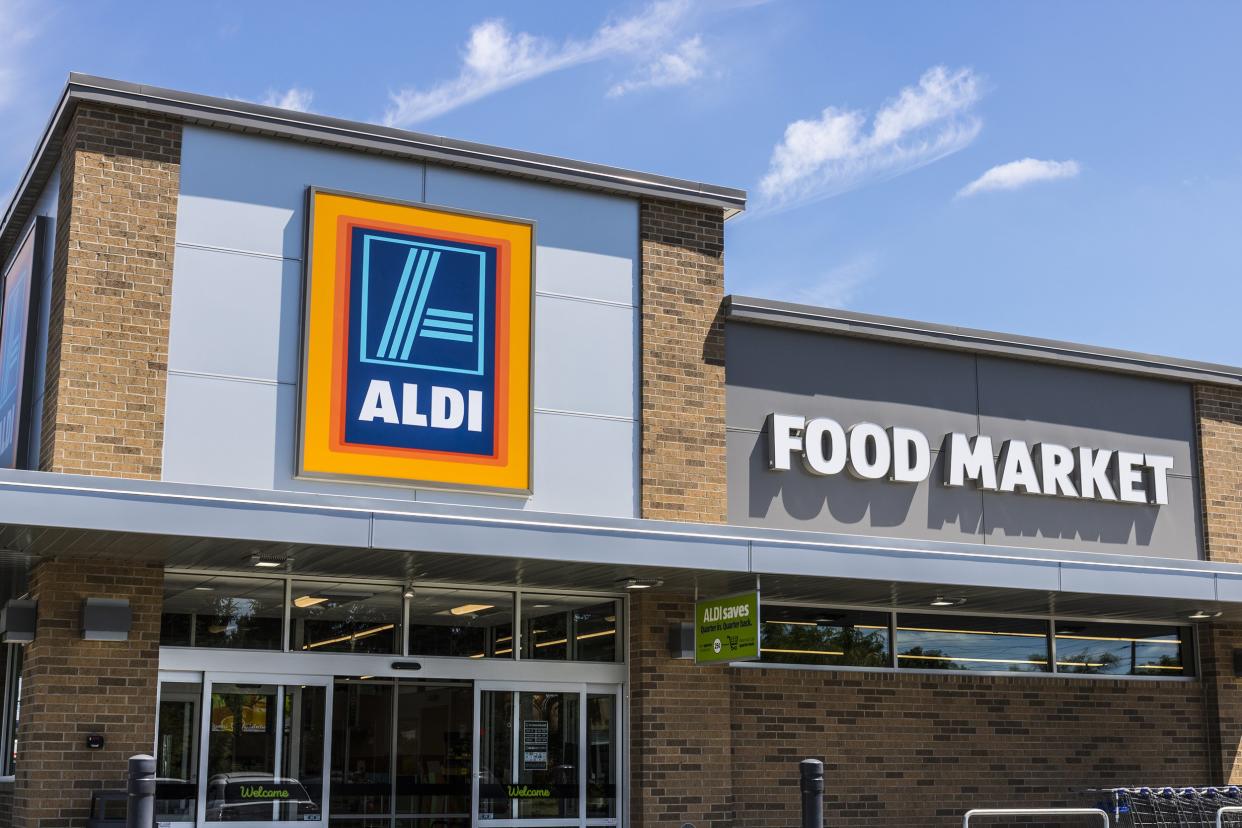
1. Aldi
Headquarters: Essen, Germany
Value for the Money: 90% of respondents
Locations: 2,300 stores in 39 states/territories
The Albrecht brothers founded Aldi soon after World War II, transforming their mother’s corner store in war-torn Germany into a multinational grocery empire. Although Karl and Theo Albrecht opened their first location in the 1960s, it took another decade for the German grocer to expand to the U.S.
If you’ve ever shopped at Aldi, you know the German-owned chain employs several cost-cutting measures, some of which might seem bizarre to Americans. Consumers pay a deposit to use a shopping cart, for example, which encourages people to return their own carts. That, along with selling grocery items in the boxes they’re shipped in, saves on labor costs. Cheap private label items also abound, another attraction that could save you a lot at the register.
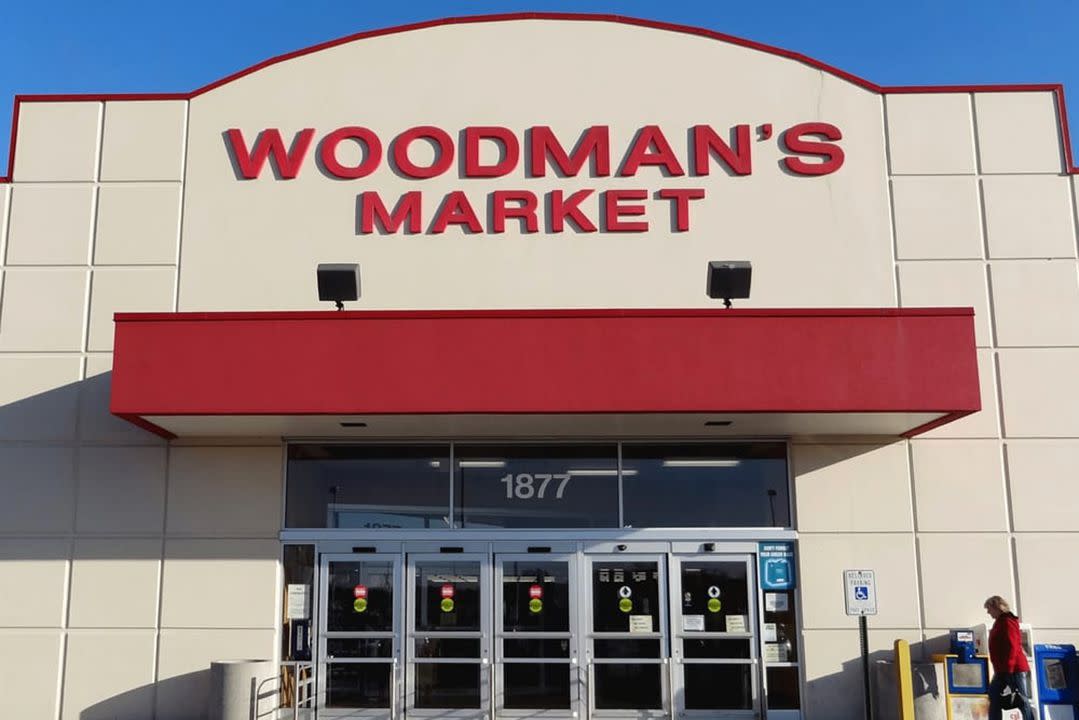
2. Woodman’s Market
Headquarters: Janesville, Wisconsin
Value for the Money: 88% of respondents
Locations: 19 stores in two states/territories
Haven’t heard of Woodman’s? We’re not surprised. This employee-owned, Wisconsin-based chain is a regional operation, one that consumers hardly know outside of the Midwest. Still, there’s a reason Woodman’s has grown from a produce stand in 1919 to a $2 billion company.
To begin with, the warehouse-style store keeps its prices low by buying in bulk directly from manufacturers. And like Aldi, Woodman’s adopts cost-cutting strategies, such as only accepting one type of credit card.
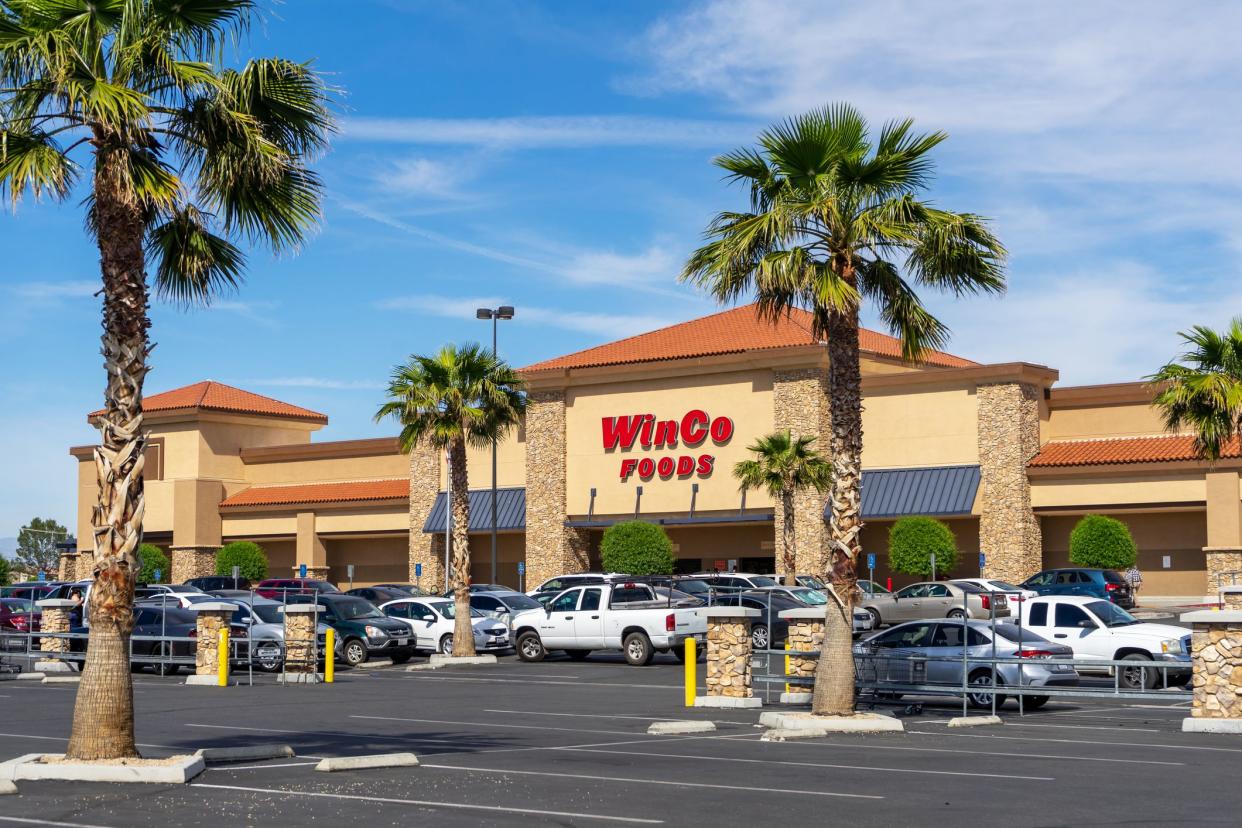
3. WinCo Foods
Headquarters: Boise, Idaho
Value for the Money: 87% of respondents
Locations: 139 stores in 10 states/territories
Back in the 1960s, two Idaho businessmen founded an affordable, warehouse-style grocery store called Waremart. After the founders died in the 1980s, employees took ownership of the no-frills retailer, eventually renaming it in 1999 as WinCo Foods. Since then, the chain has made a name for itself as a budget grocery store on the West Coast, with one expert calling it “Walmart’s worst nightmare.”
The store is able to undercut competitors — yes, even Walmart — by buying products directly from farms and factories. Like Aldi, Costco, and other stores on this list, WinCo is also willing to cut costs when it comes to the store’s design, layout, and amenities. One example of the retailer’s budgetary minimalism? Customers are asked to bag their own groceries.
For more shopping guides and roundups, please sign up for our free newsletters.
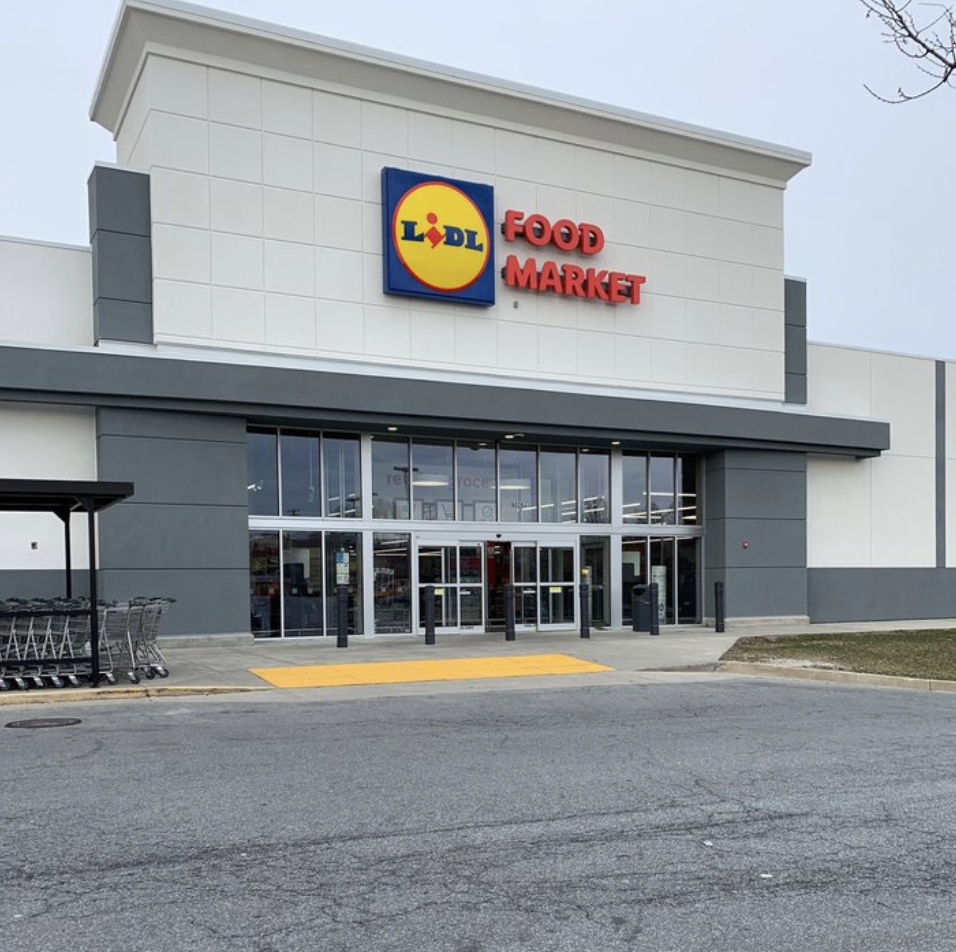
4. Lidl
Headquarters: Neckarsulm, Germany
Value for the Money: 83% of respondents
Locations: 171 stores in 10 states/territories
Lidl went from a small German supermarket to an international brand that employs more than 341,000 people across 32 different countries. That said, the retailer is relatively new in the U.S., opening its first American stores in 2017.
Shopping at Lidl is a lot like shopping at its competitor store, Aldi. You won’t find beautiful grocery store displays, tons of name brands, or large floor plans. Instead, Lidl sells private-label brands in small, no-frills stores that cut costs on things like lighting and labor.
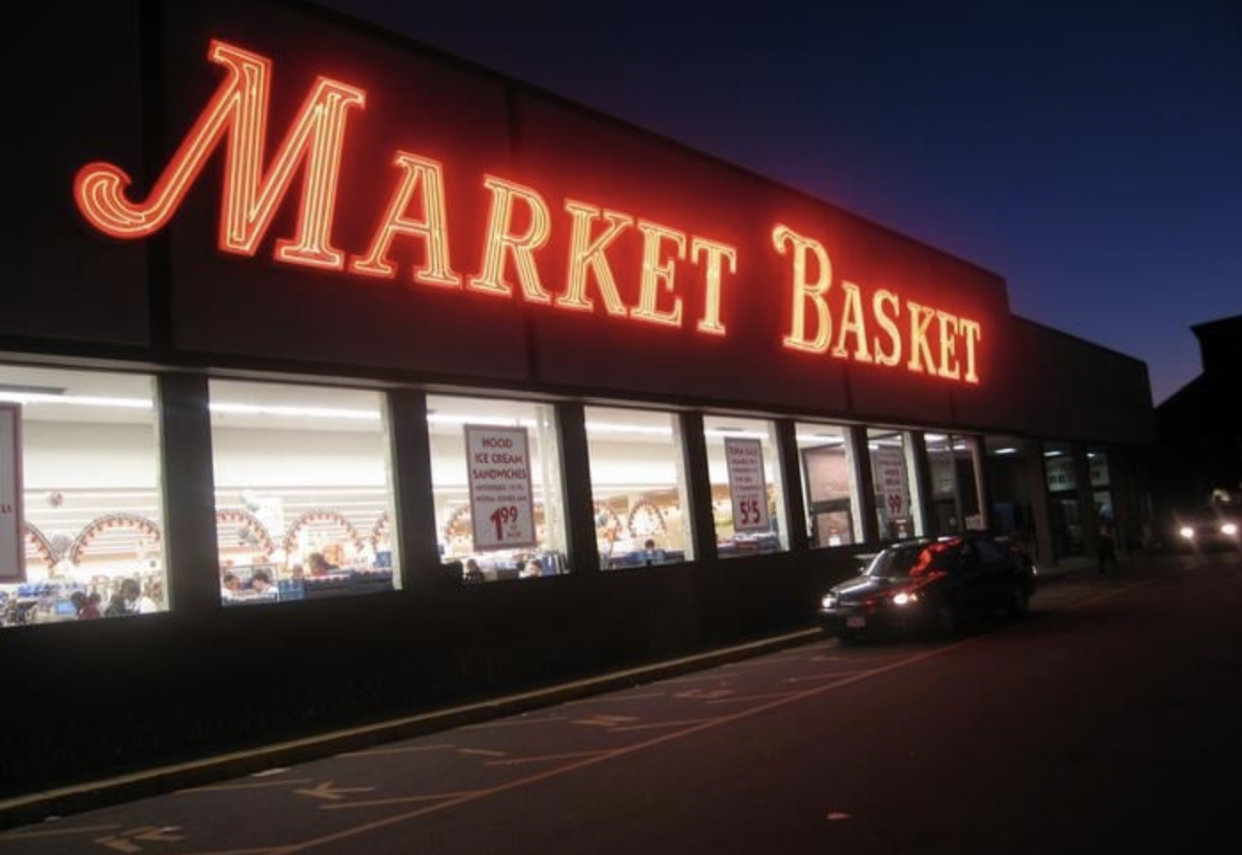
5. Market Basket
Headquarters: Tewksbury, Massachusetts
Value for the Money: 81% of respondents
Locations: 94 stores in four states/territories
When Athanasios and Efrosini Demoulas opened The Acre in 1917, a grocerette that catered to the immigrant community, they could have never predicted that it would be around 100 years later. And yet, their legacy lives on under the name of Market Basket, a chain of nearly 100 stores that operate in the New England area.
Despite the retailer’s relatively small footprint (this isn’t Aldi or Costco), the chain has continually received praise from Consumer Reports for its low prices. “Residents of Maine, Massachusetts, and New Hampshire know this family-owned chain for its low prices and absence of self-checkout lanes,” Consumer Reports wrote in 2019. “Our surveyed members placed Market Basket among the top-rated chains overall.”
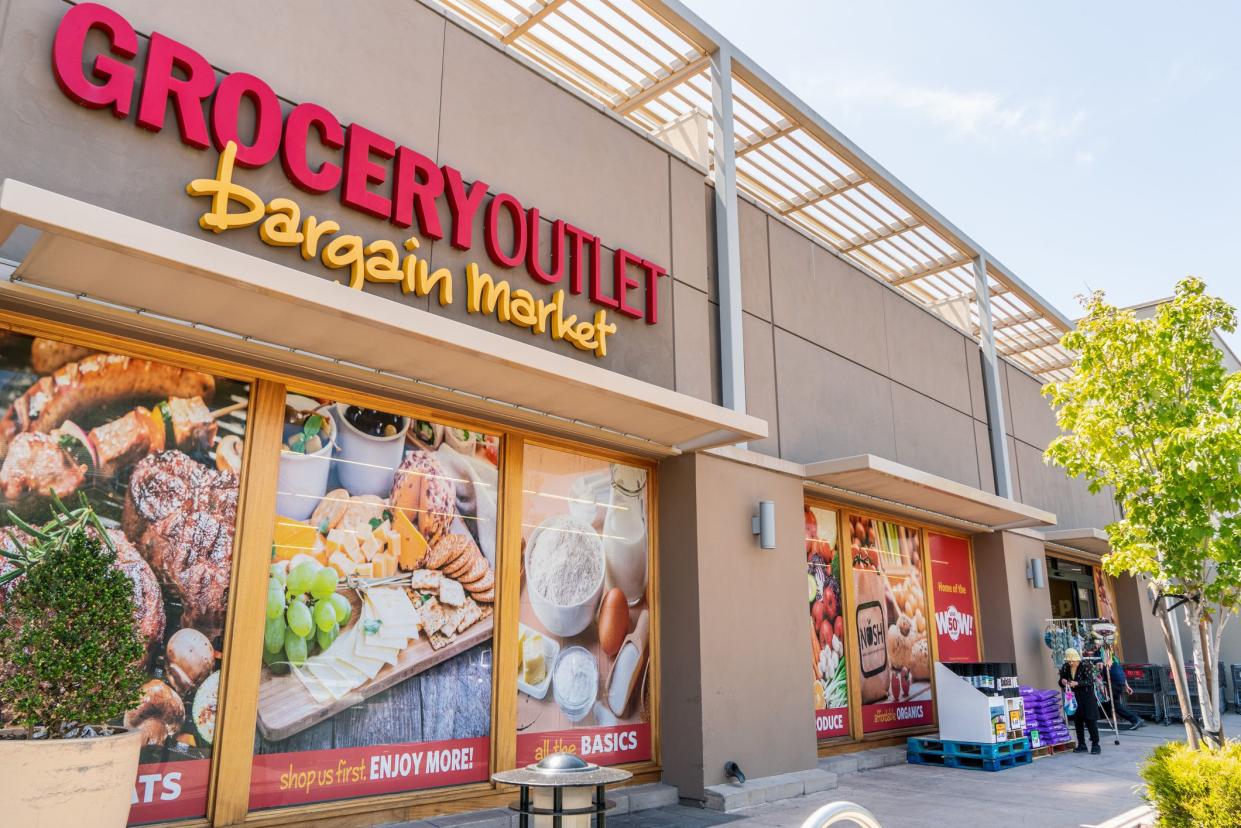
6. Grocery Outlet
Headquarters: Emeryville, California
Value for the Money: 78% of respondents
Locations: 460 stores in 8 states/territories
Grocery Outlet calls itself an “extreme value retailer.” In practice, that means that the grocery chain stocks its shelves with products that it buys from stores that have excess inventory, passing the savings on to the consumer. But because the company is buying products that other stores don’t want — sometimes due to overruns or packaging changes — the selection can be odd. You might find Halloween-themed cereal in November alongside coveted name-brand products.
Still, there’s a reason the brand has been successful enough to go from a small military surplus store to a 400-plus location chain. Consumers on tight budgets rely on the salvage grocery store's low prices, especially when the economy isn’t doing well.
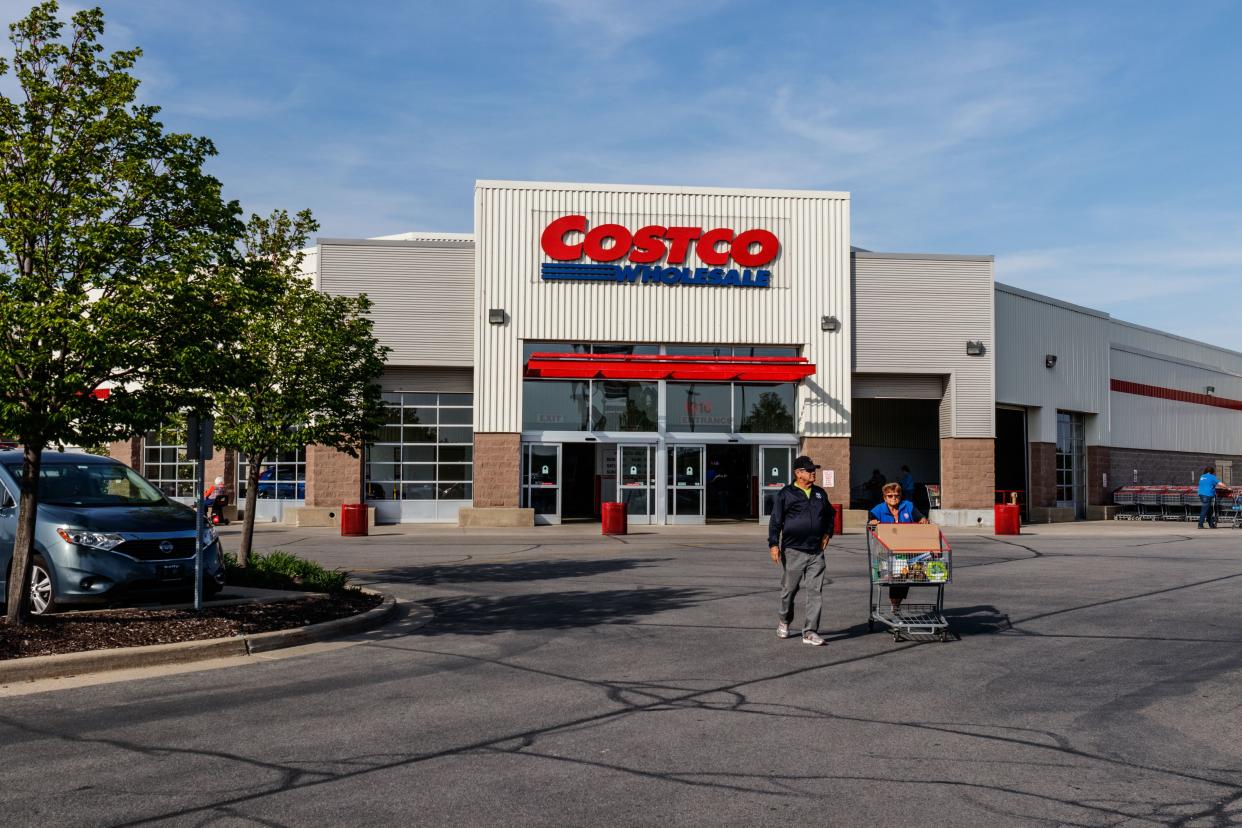
7. Costco
Headquarters: Issaquah, Washington
Value for the Money: 75% of respondents
Locations: 597 stores in 48 states/territories
James Sinegal and Jeffrey Brotman opened the first Costco in Seattle in 1983, but it wasn’t until the retailer joined forces with Sol Price’s Price Club in 1993 that the warehouse store took off. The merger resulted in the largest warehouse club in the country, generating $16 billion in sales that year (take a look at our comprehensive account of Costco’s history).
These days, Costco is lauded as “recession-proof,” and as one of the most successful retailers in the world. The formula for Costco’s success is one that you’ll recognize: low overhead, private-label products, a simple shopping experience, and bulk buys.

8. Sam’s Club
Headquarters: Midwest City, Oklahoma
Value for the Money: 71% of respondents
Locations: 599 stores in 45 states/territories
Sam’s Club began as the brainchild of Sam Walton, the king of the Walmart-Sam’s Club empire. Unlike typical grocery stores, the first Sam’s Club in 1983 sold to entrepreneurs and small businesses, though the retailer has expanded its business to serve anyone who’s willing to pay the store’s membership fee.
At this point, you’re familiar with how warehouse-style stores and discounters save money. The retailer buys in bulk, stocks the right products, and doesn’t waste funds on gussying up its stores.
Related: Sam's Club vs Costco: Who Has the Best Bakery?
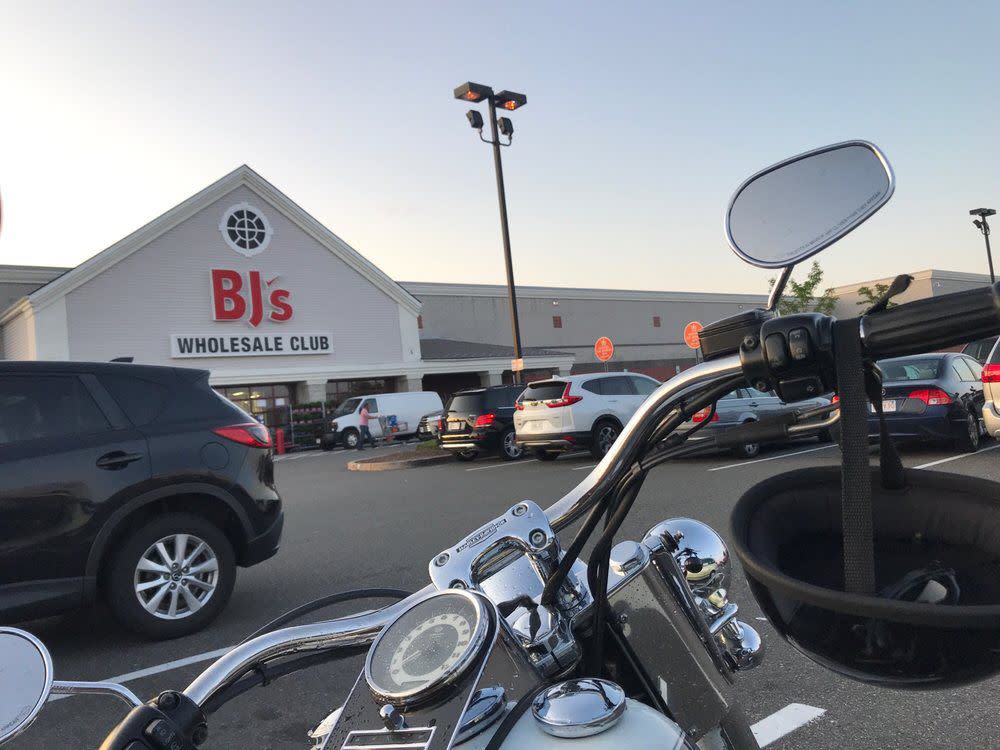
9. BJ’s Wholesale Club
Headquarters: Marlborough, Massachusetts
Value for the Money: 67% of respondents
Locations: 249 stores in 20 states/territories
BJ’s Wholesale Club first opened its doors in 1984 in Massachusetts, and the members-only retailer has remained on the East Coast ever since. Think of it like a smaller, more regional Costco or Sam’s Club, one that offers bulk goods that are perhaps a tad smaller.
Other than those small differences, however, the store takes a similar approach to keeping its prices competitive. One possible edge it has over Costco? Its basic membership is slightly cheaper at $55 a year.
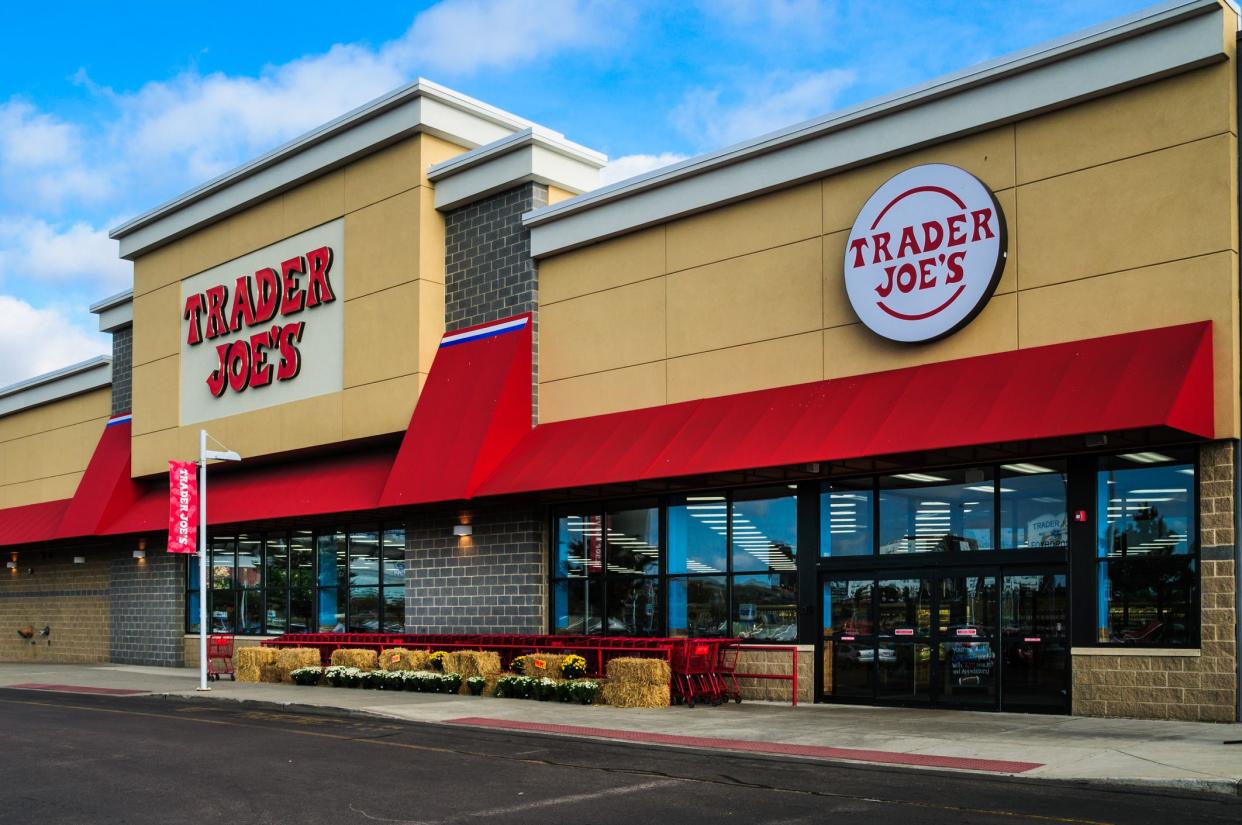
10. Trader Joe’s
Headquarters: Monrovia, California
Value for the Money: 63% of respondents
Locations: 564 stores in 43 states/territories
Joe Coulombe, a convenience store owner in Los Angeles, had a different idea for a grocery store in 1967. What if you built a supermarket for yuppies? “I have an audience in mind,” Coulombe told the Los Angeles Times in 1981. "This is a person who got a Fulbright scholarship, went to Europe for a couple of years and developed a taste for something other than Velveeta.”
Coulombe’s idea became Trader Joe’s, one of the most successful and unusual grocery stores in the country. It’s unusual because the store almost exclusively sells private label products in a store the size of a shoebox. But many of the store’s traits save the company and customers money. Trader Joe’s relies on word-of-mouth advertising and uses energy-efficient lighting, both decisions which keep overhead low.

Other Cheap Grocery Stores
MarketForce Information's 2023 U.S. Grocery Benchmark Study includes a total of 20 brands. Although the above list isn’t exhaustive, we’ve included the bottom ten affordable grocery stores below.
11. Fred Meyer - 61%
12. Schnuck Markets - 58%
13. Walmart - 58%
14. ShopRite - 54%
15. Smith’s - 54%
16. Hannaford Supermarkets - 53%
17. H-E-B - 53%
18. Food Lion - 52%
19. Jewel Osco - 50%
20. Sprouts Farmers Market - 50%

Factors That Influence Grocery Store Prices
Understanding why some grocery stores are cheaper than others can help you pinpoint low-cost retailers. Pay attention to the below four factors to find the best deals.
Location: Consumers know intuitively that groceries in New York City cost a lot more than in Detroit, Michigan. If you have the option to shop in a more rural, nearby town, it may be worth it if the prices are significantly lower.
Store Type: If you live in Los Angeles, you know that Erehwon, home of the $20 smoothie, is going to be more expensive than Smart & Final. Not only are they catering to different demographics, but they're also different types of stores. Warehouse-style, discount, and salvage retailers (Grocery Outlet) will almost always offer better deals than premium grocers (Whole Foods).
Brand Selection: Name-brand products are more expensive, which is why retailers like Trader Joe's and Aldi can offer such low prices. Shop where you can find affordable, high-quality in-house brands like Costco and Sam's Club.
Sales and Promotions: The heydey of couponing is over, but some stores are more likely to have sales than others.
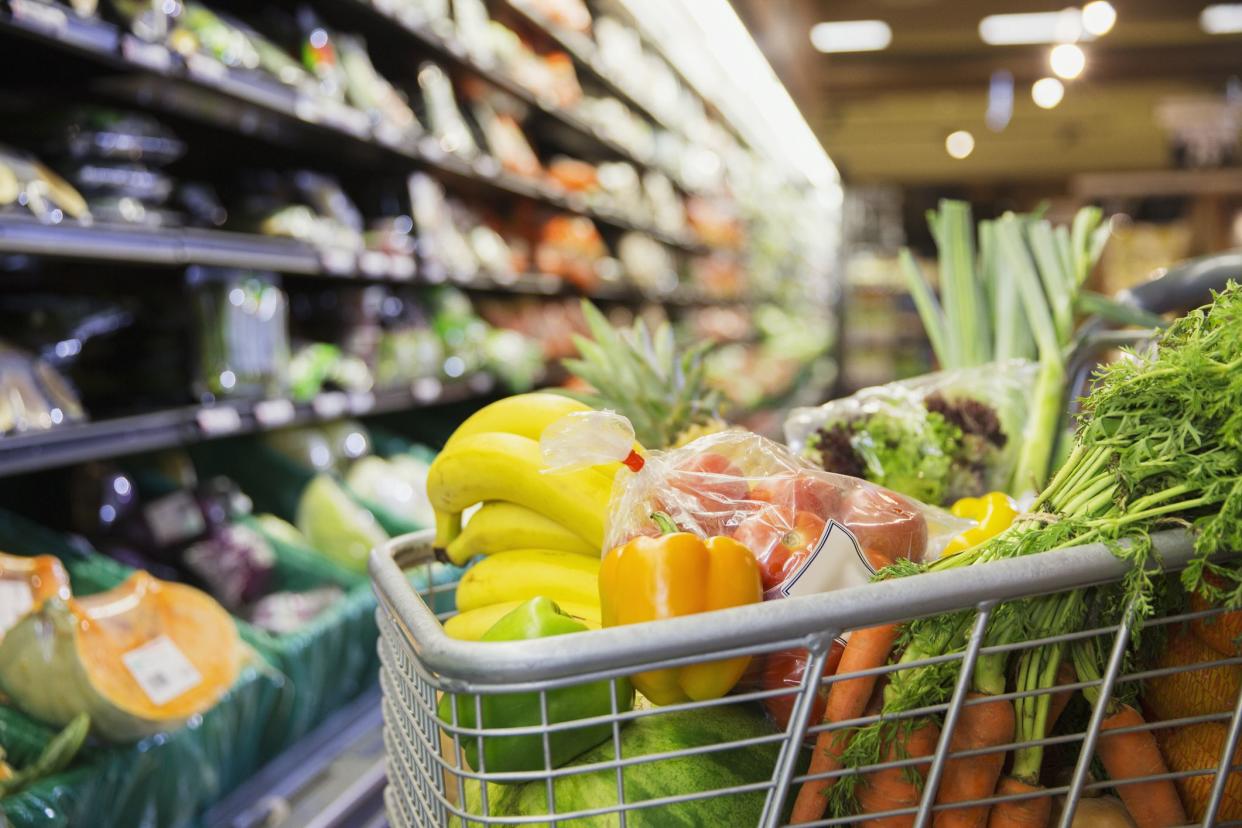
Tips for Maximizing Savings at Any Grocery Store
Weekly Advertisements, Circulars, and Mobile Apps: Although coupon clipping may be a thing of the past, grocery stores still offer discounts and advertise sales on and offline. Check coupon aggregators like RetailMeNot, read weekly circulars, and visit supermarket websites and apps to save on your grocery bill.
Loyalty Programs: The biggest retailers often offer free loyalty programs. At CVS, for example, ExtraCare members earn 2% back on every purchase.
Generic Brands: According to one CNET analysis, store-brand groceries are an average of 40% cheaper than name-brand competitors. What's more, in-house and name-brand products are often from the same producers.
Bulk Buying: When you shop, look at an item's per-unit cost. You'll notice that buying in bulk will usually save you money (provided the product doesn't go bad before you use it).
Go Meatless: According to a survey of 1,072 Americans, people who don’t eat meat spend an average of $23 less than omnivores. Go meatless on Mondays to save on food.

The Rise of Online Grocery Shopping
With their loss leaders, free samples, towering displays, and labyrinthine layouts, supermarkets are designed to make you spend. You can avoid those forces altogether by ordering your groceries online for pickup or delivery.
Target, Sprouts, Whole Foods, and other popular retailers all offer free grocery pickup (some require minimum order amounts), while others offer affordable delivery, too. By ordering online, you'll resist the urge to impulse buy and can take advantage of online coupons. Just be sure that you're not paying a premium for pickup or delivery, or you'll end up spending more.

The Bottom Line
If you stick to the above groceries stores and remember a few money-saving tips, you can save a lot on your food bill. But it's also important to note that being a savvy shopper in Los Angeles might look a lot different than in Racine, Wisconsin. We encourage consumers to shop around and use this as a loose guide. Once you've learned your area, hopefully you'll have a little extra cash in your pocket every week.
References:
This article was originally published on Cheapism

More From Cheapism
Like Cheapism's content? Be sure to follow us.
